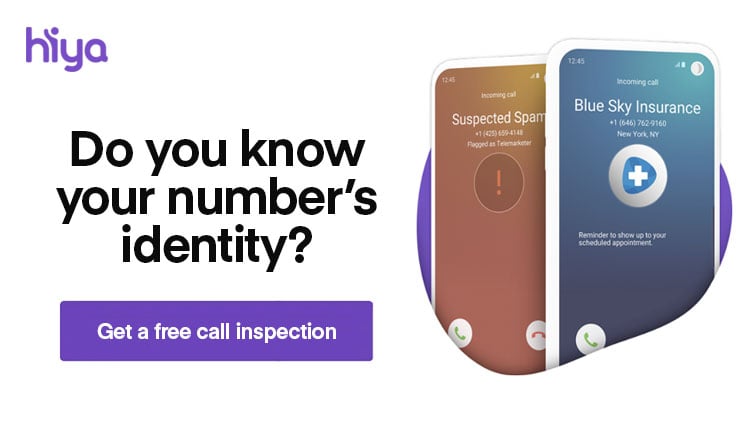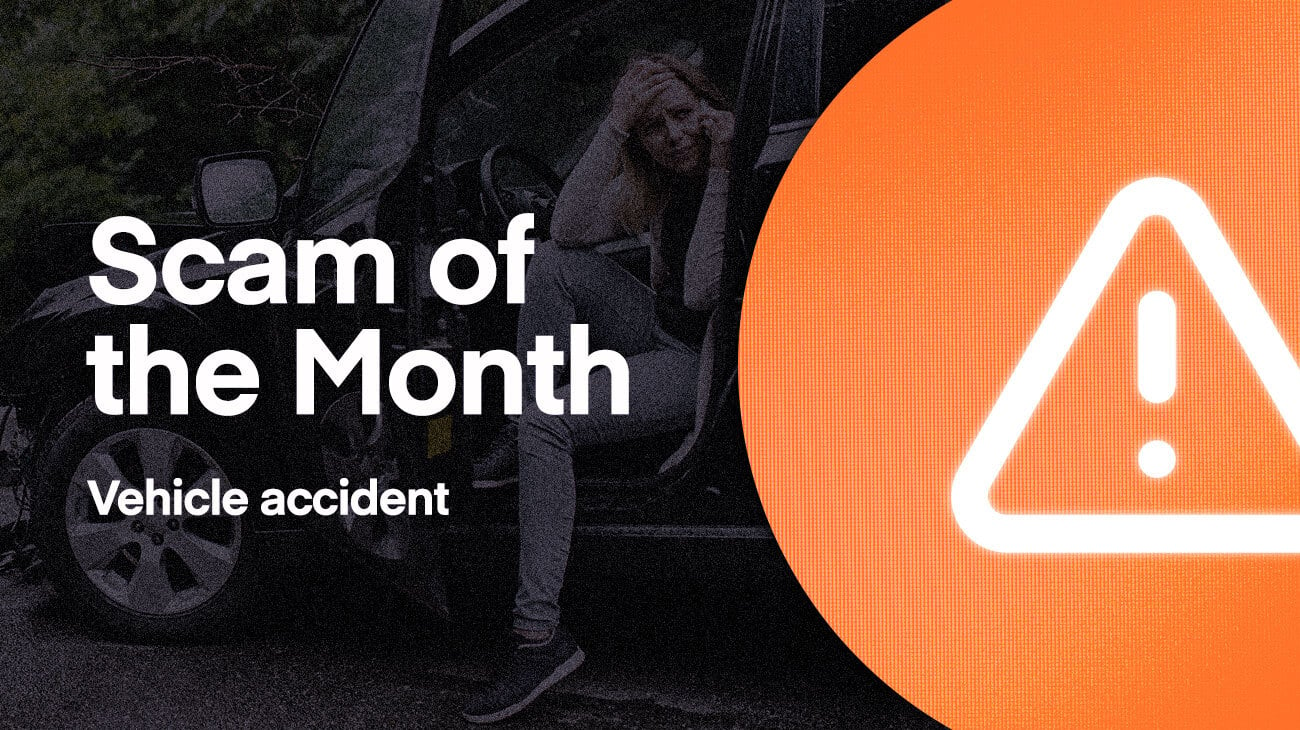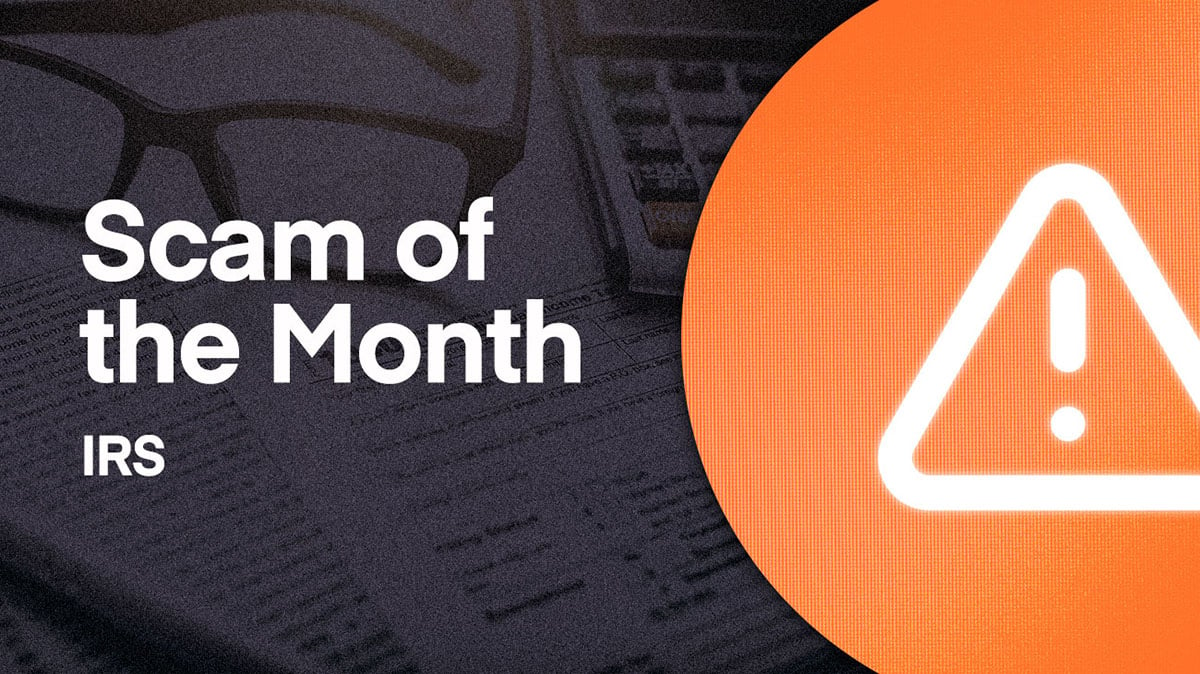Insurance phone scams are a growing problem today. These scams typically involve bad actors posing as insurance agents or representatives in order to steal personal information from unsuspecting victims. While insurance scams can vary in their methods and sophistication, they use the reason an insurance company would contact a customer to target victims - for example attempting to sell fake insurance policies or requesting payment for fees or services.
Once the victim is connected to the agent, the scammer will attempt to obtain sensitive personal and financial information, such as social security numbers, credit card numbers, and bank account information.
Most popular insurance scam tactic: auto insurance
The most pervasive of the insurance phone scams is the auto insurance scam., the insurance scam targets your most personal information. A car can be one of your most significant investments; bad actors know this and will do whatever they can to exploit any vulnerability.
At its peak, potential auto insurance scams reached over 44M captured calls. Data captured by the Hiya honeypot, spanning from December to February, shows a consistent trend; by the middle of each month, calls spiked. Out of the millions of potential scam calls captured 5.3% were related to the auto insurance scam. That is 233,200 calls in just three months.
Look at Hiya’s Global Call Threat Report from Q4 2022 for more information on scam trends worldwide.
Pickup rate and call duration
One of the most significant indicators of a successful and dangerous scam is the pickup rate and duration of their attempted calls.
- The average call time of an attempted auto insurance scam call is about 60 seconds.
- Answered insurance scam calls can reach lengths of nearly 5 minutes.
- Nearly 20% of captured global insurance calls are answered.
One of the critical features of Hiya Protect is its ability to identify spoofed calls, which use a fake caller ID to make it appear as if the call is coming from a legitimate insurance company. Hiya Protect can detect these spoofed calls across the Hiya Voice Security Network and alert the user that the call may be a scam.
How to fight back against scam calls
While scam techniques can prove to be highly effective, Hiya offers a variety of solutions to fight back.
Carriers can protect their customers from phone scams by integrating Hiya Protect, which accurately blocks and labels spam and fraud calls, without blocking wanted calls. Hiya Protect identifies the patterns of spammers and blocks spam campaigns in their earliest stages - in addition to known spam numbers
Enterprises can also help their customers feel safe when answering the phone by adding identity to their calls with Hiya Connect. Hiya’s branded call offering enables businesses to display their company name, logo, and reason for the call on the recipient’s mobile phone – so customers can trust who is on the other end when they answer.
Individuals should contact their phone carrier to learn more about their spam protection services. If spam and fraud calls are still getting through, download the Hiya App to take more control of your spam and fraud call protection.












